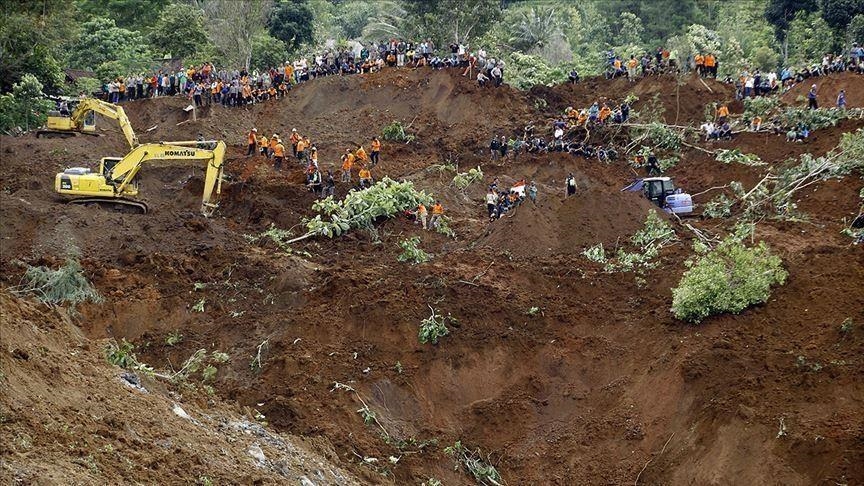Today is the International Day of Mine Awareness and Support for Mine Action. This calendar day was established for the first time in 2005 by UN General Assembly Resolution No. 60/97 and is celebrated every year. Today, the organization calls for the creation and development of national mine countermeasures in countries where explosive remnants of war pose a serious threat to the safety, health, and life of civilians, as well as hinder socio-economic development at the national and local levels. In the age of high technologies, mines were overshadowed by more accurate weapons. However, the experience of recent years shows that mines are still a dangerous and potentially catastrophic force. Even the application of the latest high technology has created an additional opportunity for the "development" of this field. Mine weapons are especially popular today among countries that do not have strong military capabilities, including so-called third-world countries or terrorist communities that cannot afford modern high-precision weapons. The main reasons for the popularity of mines are their simplicity of design and ease of operation compared to other types of weapons, as well as their cheap price. They are easy to install and can remain in place for many months or even years without requiring additional maintenance or any commands. The state of the war (continuation, cessation) and the change of the country's political course do not affect them. Mines wait for their victims in the places where they are buried. Therefore, it is intended to draw the attention of the world community to that problem through April 4. The United Nations Mine Action Service (UNMAS) is organizing a multimedia exhibition at UN Headquarters in New York to raise awareness of the dangers posed by mines, explosive remnants of war, and improvised explosive devices. Every year, as part of the International Mine Awareness and Mine Clearance Day, events are held under a certain motto. This year's theme is "Protecting Lives, Building Peace". After the Patriotic War, 350 innocent people became victims of mines It is a pity that the landmine problem has not escaped Azerbaijan either. Thus, during the almost 30 years of occupation of our lands, in addition to acts of vandalism, our territories were also polluted with mines.
After the 44-day Patriotic War in 2020, 350 innocent people became victims of mines.
When the Armenian armed forces left our lands, they mined the territories. In some of the mine maps they submitted to Azerbaijan, the accuracy of information was only 25 percent, while other mine maps were generally inaccurate. Armenia buried more than 1 million mines in the occupied territories of Azerbaijan for 30 years. After the Victory in the Patriotic War, the Mine Action Agency of The Republic of Azerbaijan (ANAMA) has the leading role in ensuring the rapid implementation of extensive construction works in those areas and the safe return of residents to their homes. It should be noted that by the Decree of the President of the Republic of Azerbaijan dated January 15, 2021, based on the Agency established in 1998, a new status of the Mine Action Agency of The Republic of Azerbaijan (ANAMA) was established. The agency has a history of successful cooperation with many international organizations since its inception. The agency is based on international IMAS standards and at the end of the work provides an international level certificate to all cleaned areas. Demining operations are carried out by ANAMA: manual demining, mechanical demining machines and demining dogs. In addition to ANAMA, various institutions are also involved in demining activities in the liberated areas. Female deminers are also closely involved in this work. Last month, 299 anti-personnel mines, 114 anti-tank mines, and 1,254 unexploded military munitions were detected and neutralized during demining operations carried out in Tartar, Aghdara, Kalbajar, Agdam, Khojaly, Khankendi, Khojavand, Lachin, Shusha, Fuzuli, Gubadli, Jabrayil, and Zangilan areas. During March, 6094.6 hectares of land were cleared of mines and unexploded ordnance. Last year, 8,529 mines were neutralized in liberated areas. 3 thousand 495 of them are anti-personnel mines, 5 thousand 34 are anti-tank mines. In addition, 23 thousand 49 pieces of unexploded military ammunition were detected and neutralized. In total, in 2023, 53,081.8 hectares of land were cleared of mines and unexploded ordnance.








.jpeg)
